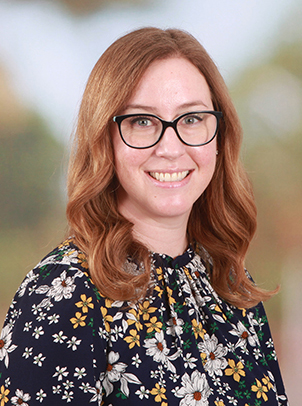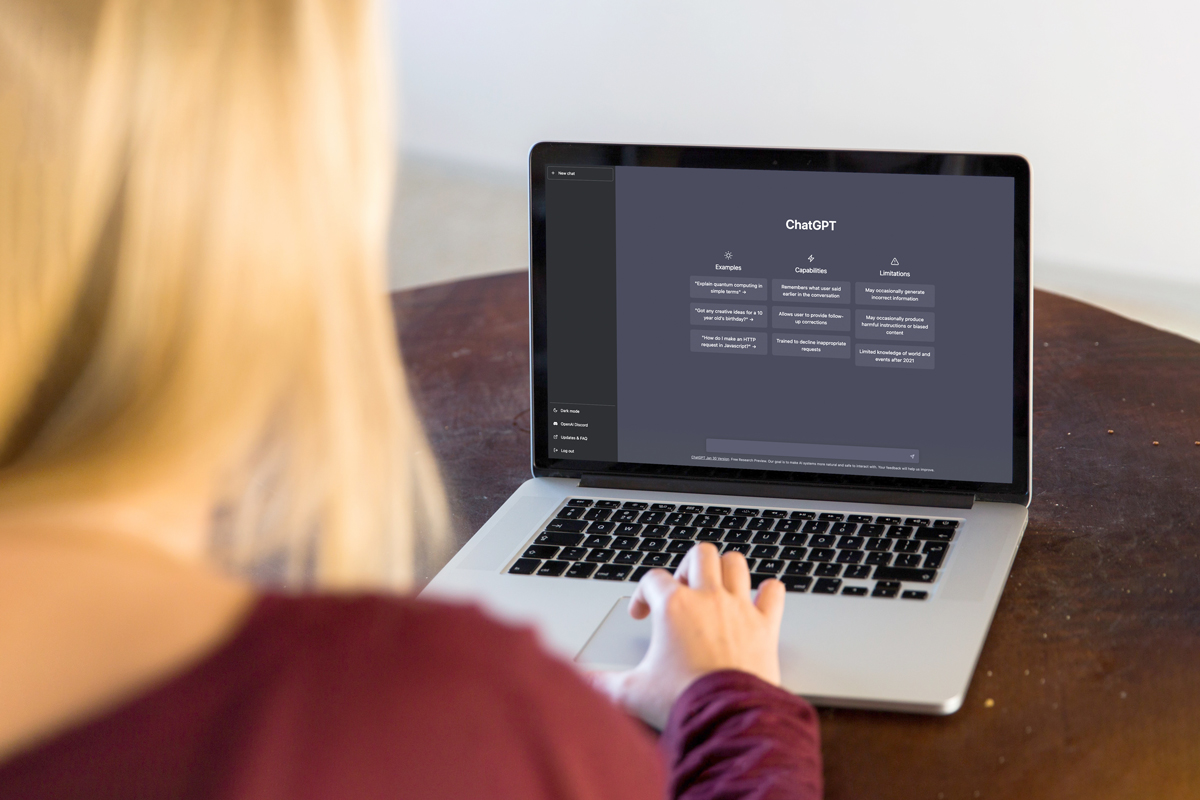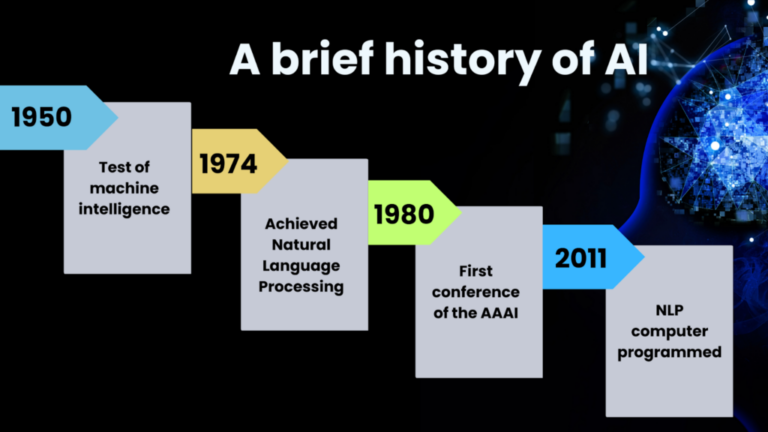The Role of Artificial Intelligence in Reshaping Education


College students are no strangers to specialized technology in the classroom.
In an era where artificial intelligence (AI) is making its presence well-known, local education institutions are embracing the fact that AI is part of the learning experience. A recent BestColleges survey found that 43% of students are experienced in using AI tools such as ChatGPT.
“That’s a big part of the learning process; we evolve with the inevitable changes,” says Cheryl Kohen, dean of the Division of Online Studies at Daytona State College (DSC).
Educators are finding AI is not only reshaping classroom assignments and learning but also how students are trained for the job market. Another survey by the University of Phoenix found three in five adults think AI tools should be used in workplace and classroom settings.

DSC communication classes teach students shortcuts to tedious job duties they may have in the future, like creating memos, says Richard Vollaro, professor and department chair for the school of communication.
“Some of the most frustrating processes of writing can be assisted through AI,” says Vollaro, noting AI usage boosts efficiency in the workplace. “A memo that might take two hours takes a half hour. Now, with AI, you’re putting ideas in and you’re getting a structure for a memo. You’re able to communicate clearer in the workplace.”
That’s where higher education institutions like DSC step up to the challenge, Vollaro says.
Throughout DSC, faculty members are focused on ways to prepare students for using AI appropriately in learning environments. Part of that includes monthly faculty roundtable discussions to share resources and new ways of teaching.
“We want the students to be in control to use the tools,” says Vollaro. “We’re trying to shift the conversation from academic integrity to a tool for learning. This is a tool that will be used in the workplace; it already is. To pretend it doesn’t exist would be doing them a disservice.”

While technology has always been a part of higher education, for some DSC students, it’s been a while since they were in a classroom setting; the average student age is 26, Kohen says.
Keeping that in mind during paper grading when AI tools like GPTchat are so readily available is key to successfully bringing those tools into the classroom — especially when staff have equally powerful tools like Turnitin.com to scan for plagiarism.
That’s why teaching about new AI tools has to come from a place of compassion, especially around generative AI, which is often — but not always used — in plagiarism cases, says Vollaro.
“We deal with plagiarism not as a “gotcha,” but to learn how to paraphrase effectively if they don’t know how and to support their ideas,” he says.
That’s when conversations between professors and students are valuable; some students may truly not know how to cite references or how to paraphrase.
Kohen agrees: “It may have been a while since they were in a classroom space,” she says of DSC students. “So much of the literacy and education about “what is plagiarism?” is accidental…so much of it is effective communication in the context of the student and the faculty member.”
At the end of the day, DSC faculty want to see everyone on campus set up for a positive experience with AI as it’s quickly becoming a part of the job landscape.
“We’re always looking at how we can make people feel comfortable and confident using these different tools,” says Kohen. “We’d rather be realistic about the evolving learning environment and make sure the faculty feel the self-efficacy to get real click happy with some of these tools.”











